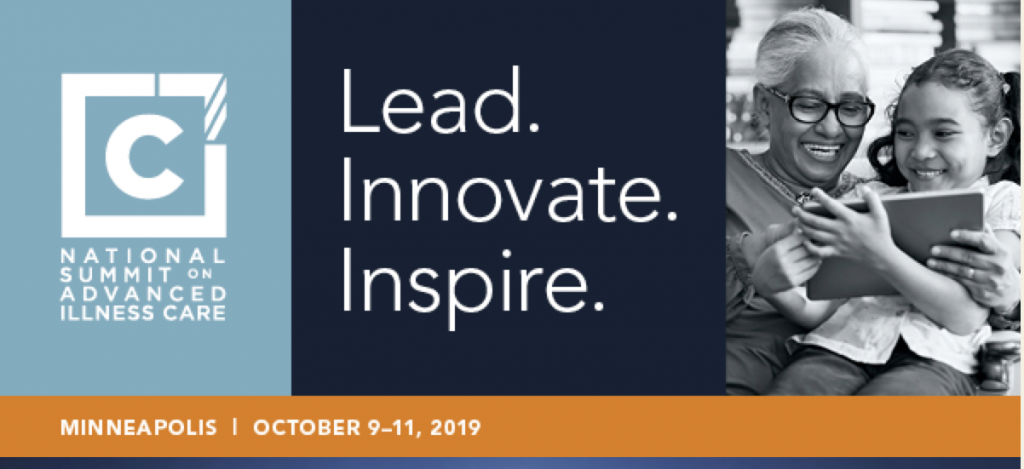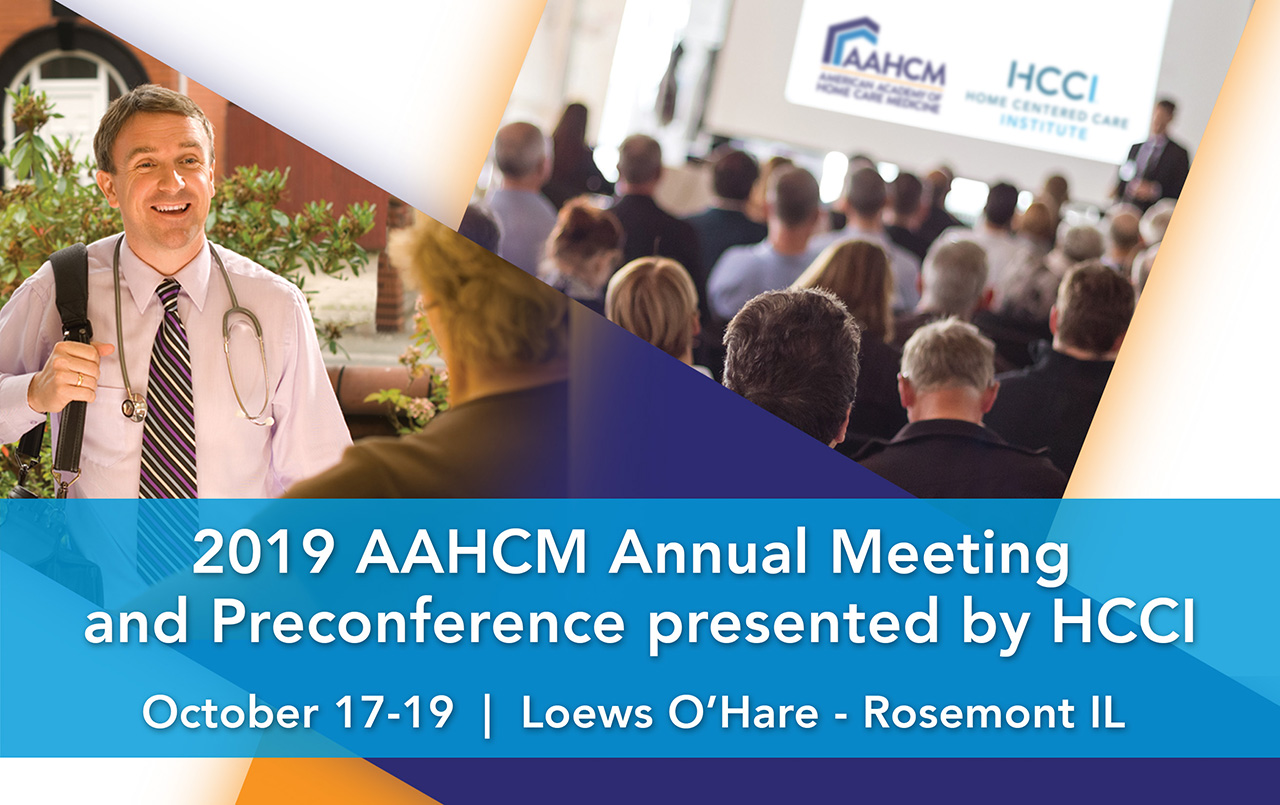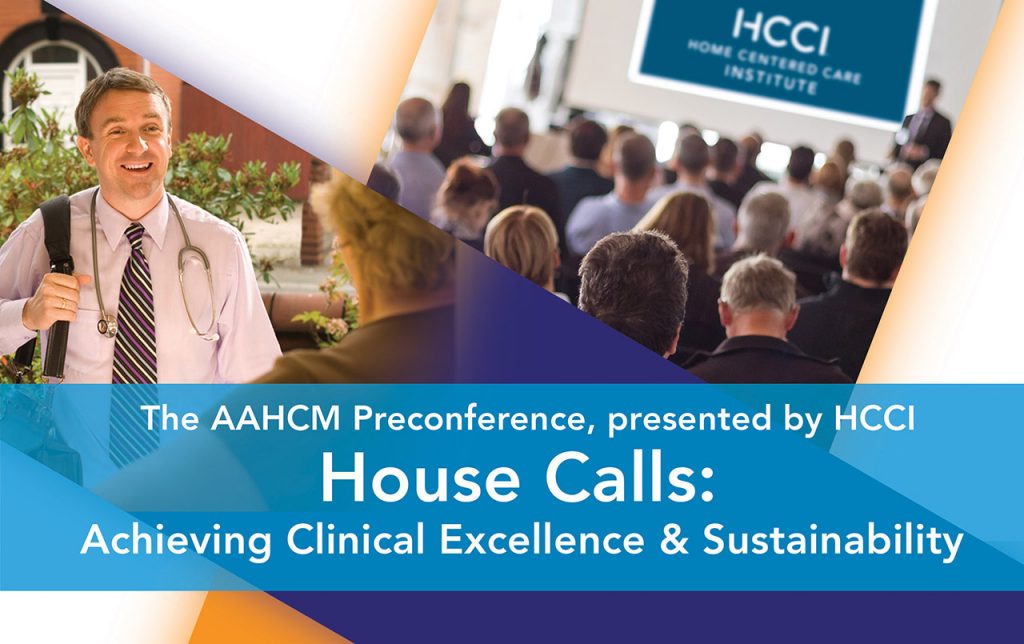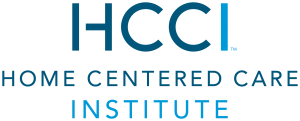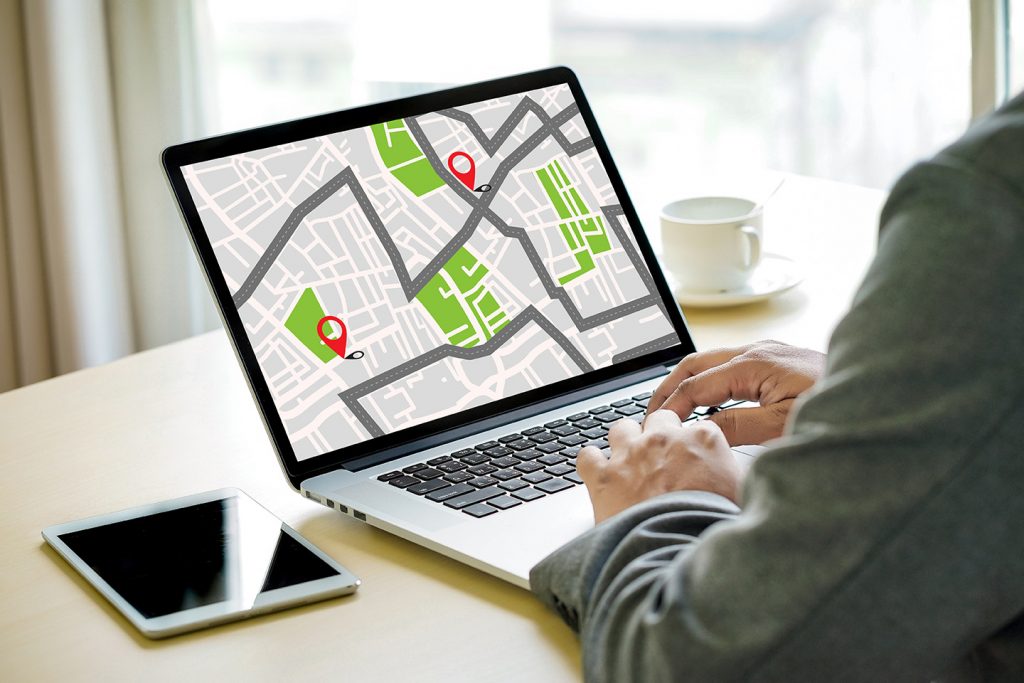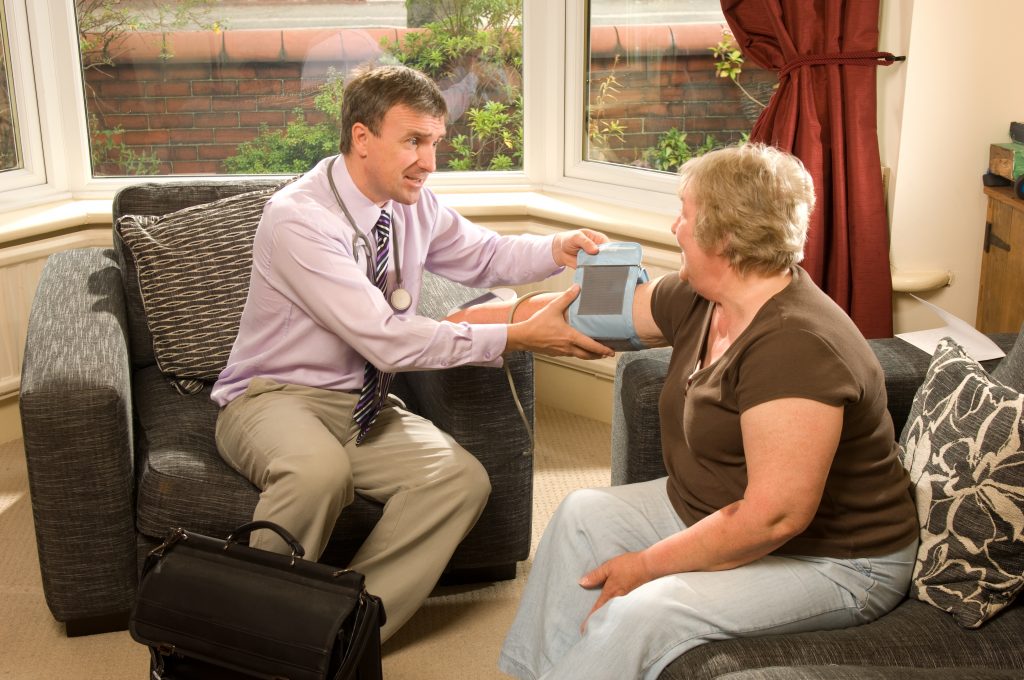
The American Academy of Home Care Medicine (AAHCM) in collaboration with the Home Centered Care Institute (HCCI) will host a webinar Tues. July 30 at 4 pm (ET) on the new CMS Primary Cares Initiative payment models relevant to home care medicine. The three different payment models will be discussed in detail; Primary Care First (PCF), Seriously Ill Population (SIP), and Direct Contracting (DC).

CMS Primary Cares Initiative
In April, the Center for Medicare and Medicaid Innovation (CMMI) announced a CMS Primary Cares Initiative which includes new payment demonstrations meant to promote value-based care, with a shift of up to 25 percent of primary care Medicare fee-for-service patients to these new models. Primary Care First (PCF), Seriously Ill Population (SIP), and Direct Contracting (DC) will offer enhanced payment for home care medicine and other providers to provide primary care for people with advanced illness.
Primary Care First (PCF) & Seriously Ill Population (SIP)
The Primary Care First (PCF) and Seriously Ill Population (SIP) models will be offered in 22 states and 4 regions for a January 2020 start date: STATEWIDE in Alaska, Arkansas, California, Colorado, Delaware, Florida, Hawaii, Louisiana, Maine, Massachusetts, Michigan, Montana, Nebraska, New Hampshire, New Jersey, North Dakota, Ohio, Oklahoma, Oregon, Rhode Island, Tennessee, and Virginia. In Local Regions of Greater Buffalo, NY, Kansas City (Kansas and Missouri), Greater Philadelphia (Pennsylvania), North Hudson-Capital Area, NY, and Northern Kentucky.
PCF/SIP Timeline: A letter of intent (LOI) is not required for PCF or SIP. A request for application (RFA) will be released in the coming weeks and is required for participation. Both models are scheduled to begin January 2020.
Direct Contracting
The Direct Contracting (DC) path will engage practices or groups of providers who can reach 5,000 beneficiaries by Year 3 (with potential exceptions for smaller practices), as well as Health systems, Accountable Care Organizations, Medicare Advantage plans, and Medicaid Managed Care Organizations. DC builds upon the Next Generation ACO model and has no geographic limitations on who may apply. The DC path will include three models: Professional PBP, Global PBP, Geographic PBP (Proposed).
Timeline: A Letter of Intent (LOI) is required to apply for participation in the DC Models and is due on Friday, August 2. The LOI is non-binding. CMS will then release the request for application (RFA), which will be required for participation. All models are scheduled to begin January 2020 except the DC Geographic Option, which will begin at a later date.

